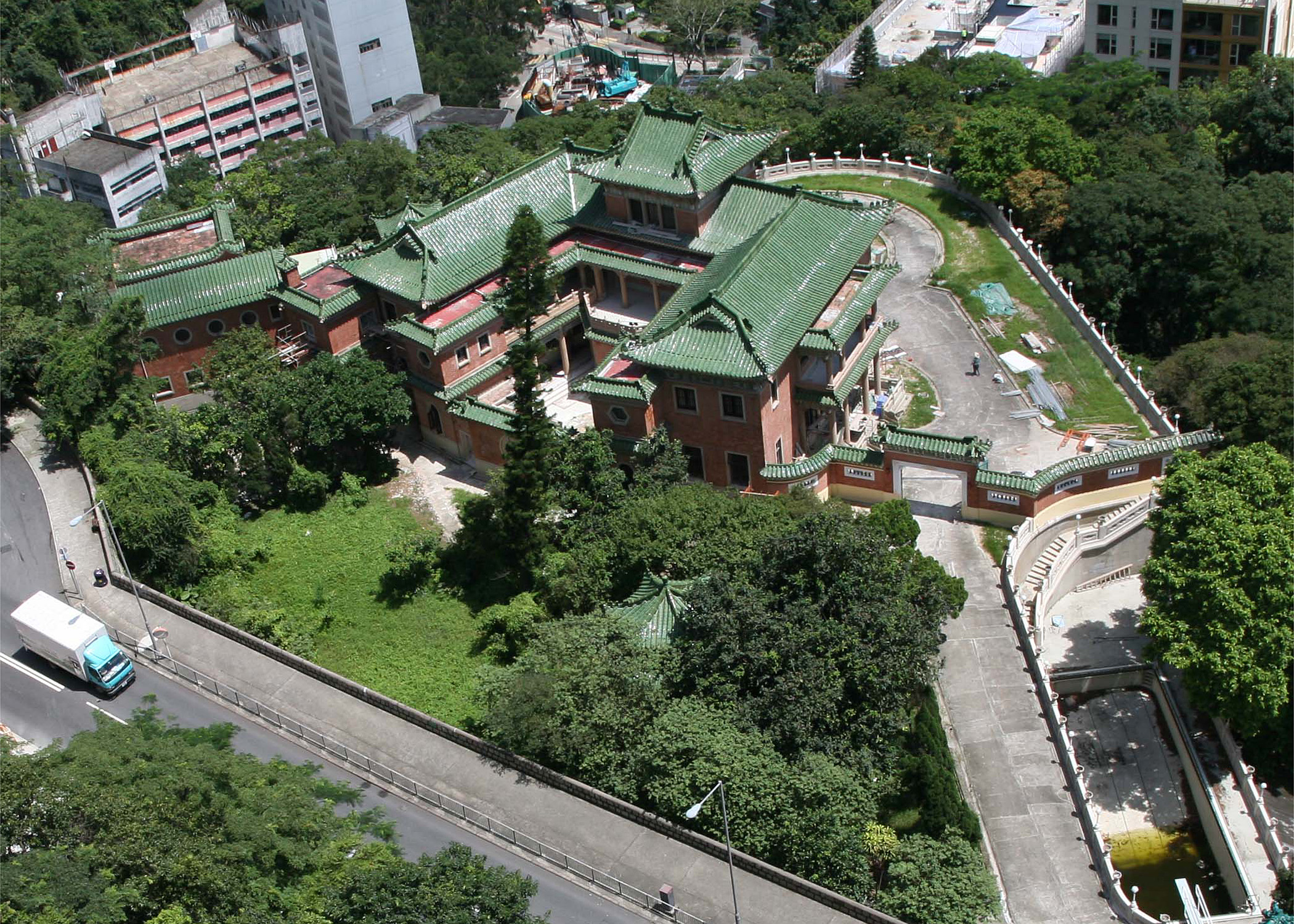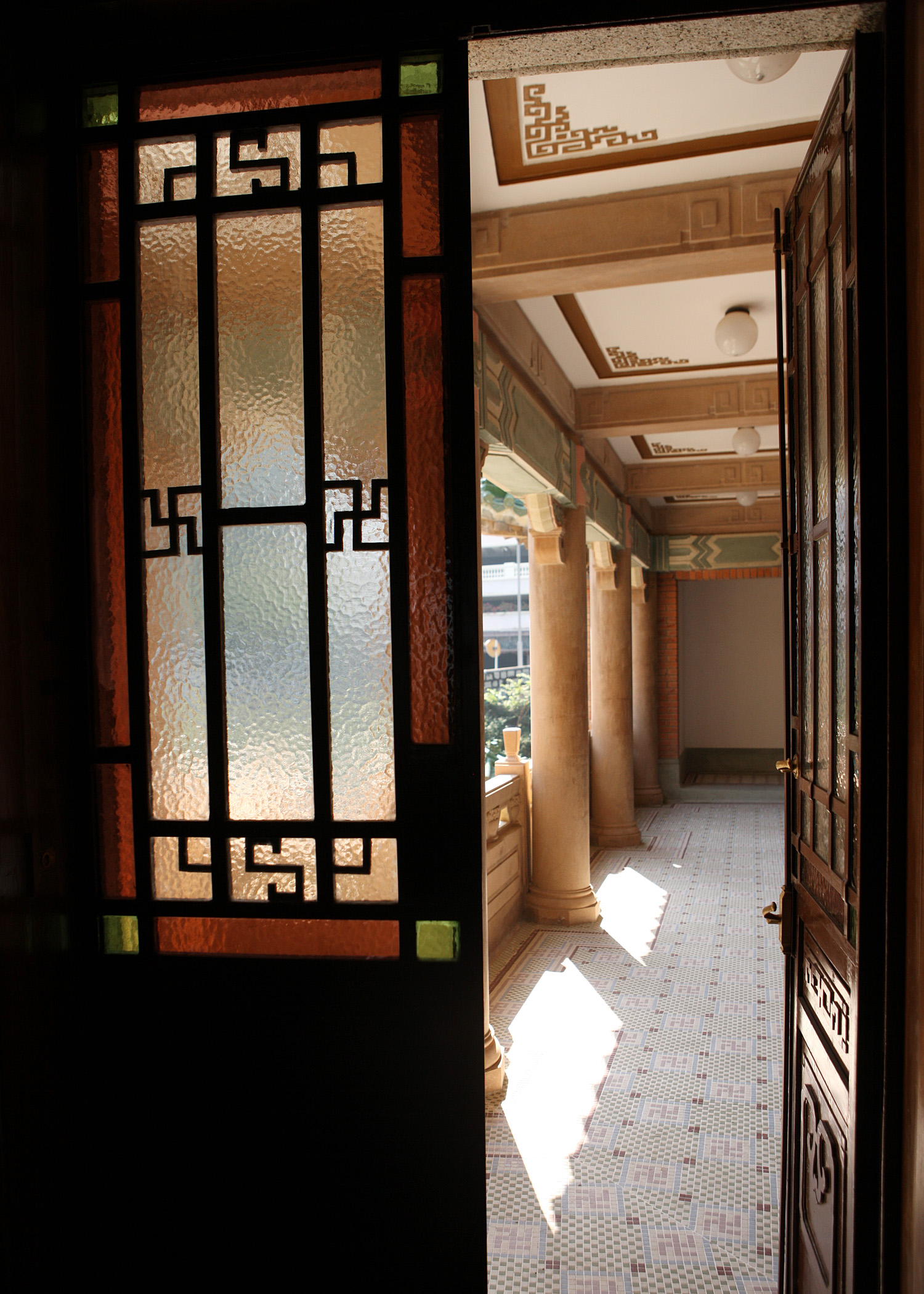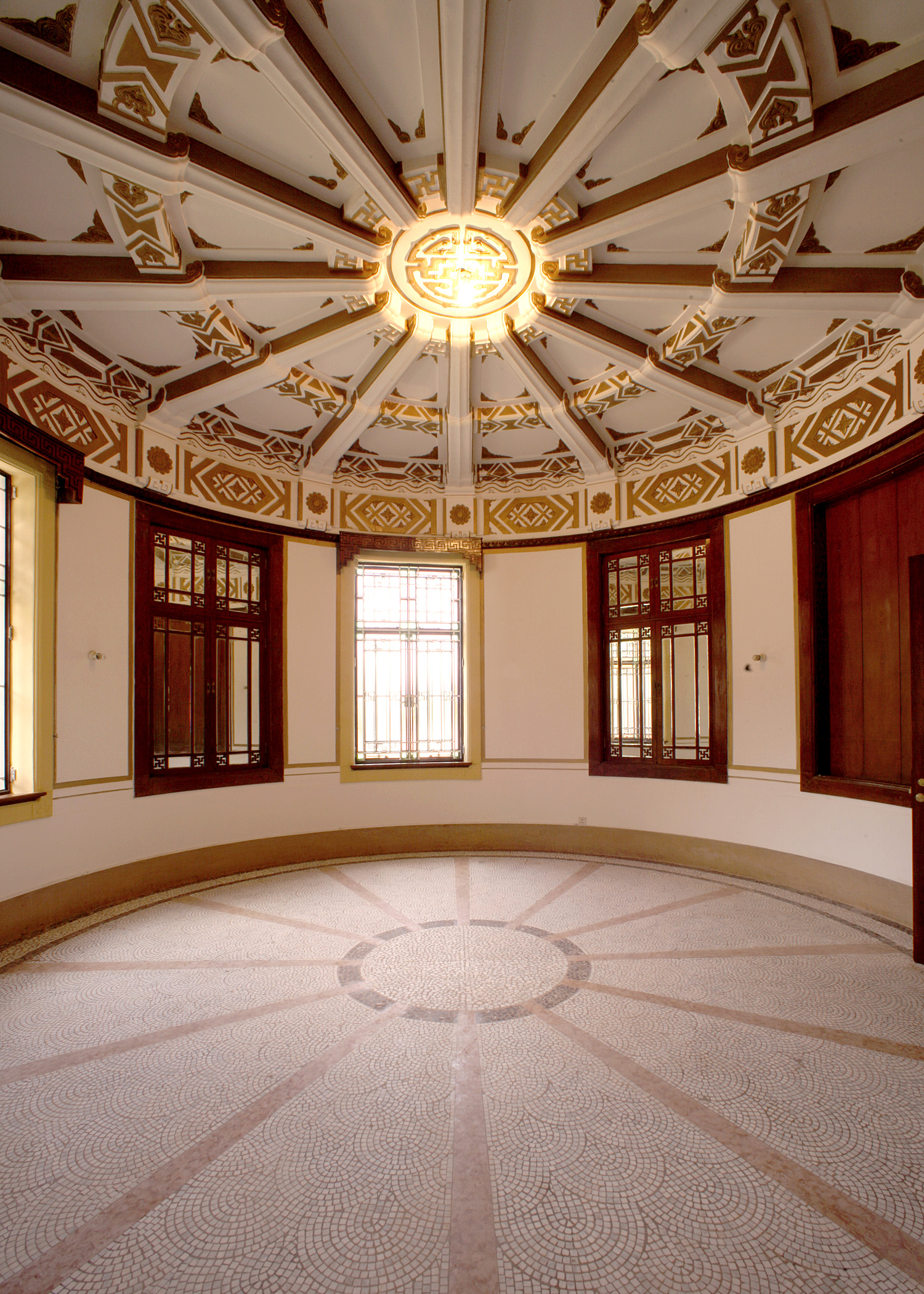Built in 1937, King Yin Lei (景賢里), once known as Hei Lo (鿋廬), is a well kept historic structure situated in the Mid-Levels area of Hong Kong. This building underscores the wealth of local merchants and was designated a monument in 2008.

Merchants in Hong Kong had their ways to earn a fortune through trade with China or other regions. Li Sing was the most successful one among them back in 1860s. He dabbled in opium and coolie trade and later ventured into property investments. His legacy continued after his death in 1900. Li Po Chun, the eighth son of Li Sing, presented Hei Lo as a gift to his sister, Sham Li Po Lun. In 1978, the property was sold to Yeo Chei Man, a local merchant specializing in dried salted plums.

Embodying a "Chinese Renaissance" architectural style, King Yin Lei blends traditional Chinese palatial designs with Western materials like terrazzo and concrete. This fusion is reflected in the mansion's intricate facade. It adheres to the Lingnan tradition of a three-courtyard layout, featuring a main building and wings cloaked in water-struck red bricks. The interior is embellished with marble floor tiles, wooden flooring, and mosaic patterns.

The mansion boasts two banquet halls - one reflecting traditional Chinese decor with antique wooden furniture, and another showcasing a Western style. Ornamental details are prevalent throughout, from a bathroom lined with pink ceramic tiles to heart-shaped glass windows.

King Yin Lei stands not only as a testament to Hong Kong's architectural history but also as a vibrant embodiment of cultural fusion.









